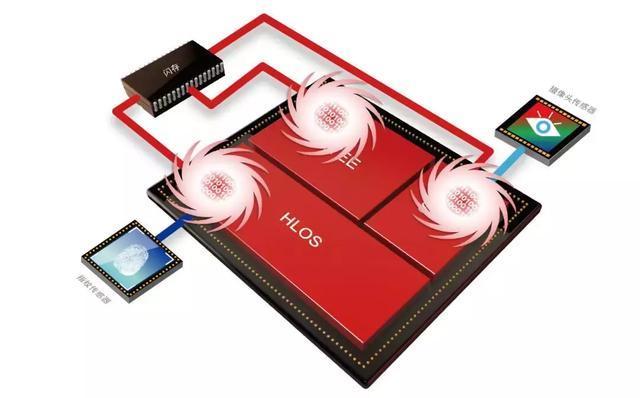在一个 3×3 的网格中,1∼8 这 8 个数字和一个 x 恰好不重不漏地分布在这 3×3 的网格中。
例如:
1 2 3
x 4 6
7 5 8
在游戏过程中,可以把 x 与其上、下、左、右四个方向之一的数字交换(如果存在)。
我们的目的是通过交换,使得网格变为如下排列(称为正确排列):
1 2 3
4 5 6
7 8 x
例如,示例中图形就可以通过让 x 先后与右、下、右三个方向的数字交换成功得到正确排列。
交换过程如下:
1 2 3 1 2 3 1 2 3 1 2 3
x 4 6 4 x 6 4 5 6 4 5 6
7 5 8 7 5 8 7 x 8 7 8 x
现在,给你一个初始网格,请你求出得到正确排列至少需要进行多少次交换。
输入格式
输入占一行,将 3×3 的初始网格描绘出来。
例如,如果初始网格如下所示:
1 2 3
x 4 6
7 5 8
则输入为:1 2 3 x 4 6 7 5 8
输出格式
输出占一行,包含一个整数,表示最少交换次数。
如果不存在解决方案,则输出 −1。
输入样例:
2 3 4 1 5 x 7 6 8
输出样例
19
思路:
求最少交换次数, 我们可以将二维坐标的其实状态看成树的根节点,然后需要找到走到结束状态的最短的走法。本质上是求最短距离。
求最短距离: 我们需要想到BFS
按照之前学习BFS 的思路:需要有队列保存不同的状态,有一个距离数据存储到哪个状态走了多少步
难点:
- 如何把状态存储在队列中
- 如何记录状态距离
解决方案:直接用字符串进行存储不同的状态
queue<string> q保存不同的状态unordered_map<string, int> dist哈希表存储到不同状态的步数
代码实现:
// 数字华容道
#include <iostream>
#include <queue>
#include <unordered_map>
#include <string>using namespace std;int bfs(string start)
{string end = "12345678x";queue<string> q;unordered_map<string ,int> dist;q.push(start);dist[start] = 0;int dx[4] = {-1, 0, 1, 0}, dy[4] = {0, 1, 0, -1};while(q.size()){auto t = q.front();q.pop();int distance = dist[t];if ( t == end) return distance;// 状态转移int k = t.find('x');int x = k / 3, y = k % 3; // 通过位置找到二维坐标for(int i = 0; i < 4; i ++){int a = x + dx[i], b = y + dy[i];if(a >= 0 && a < 3 && b >= 0 && b < 3){swap(t[k], t[a * 3 + b]); // 通过坐标找打一维位置if(!dist.count(t)){dist[t] = distance + 1;q.push(t);}swap(t[k], t[a * 3 + b]);}}}return -1;
}int main()
{string start;for(int i =0; i < 9; i ++){char c;cin >> c;start += c;}// cout << start << endl;cout << bfs(start) << endl;return 0;
}






